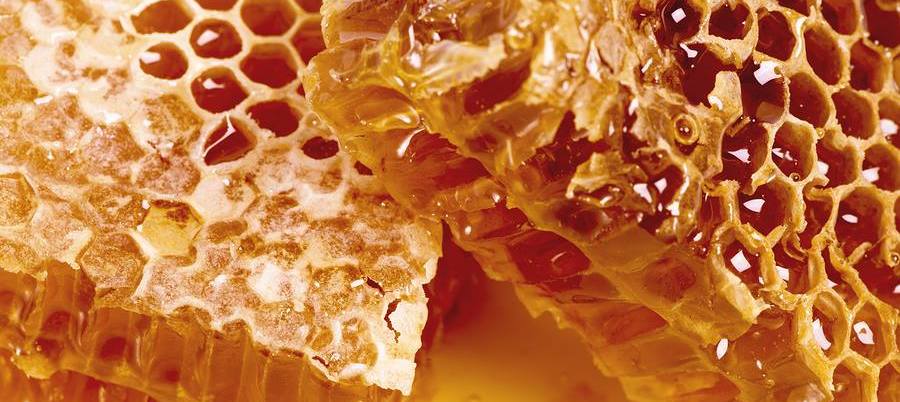Treating for Varroa in Winter
Posted on 21st January 2024 at 17:31
This is the time of year to treat our bees for a parasitic mite called Varroa Destructor. We treat the bees twice in twelve months. The key element is that there can be no miticides present in honey. This means you can only treat when the honey crop is taken from the hive. Any honey in the hive at the time of treatment will have been scoffed by the bees and turned into energy and bee poo before the next crop of honey starts to be collected.

The first and main treatment happens after the honey has been harvested in the autumn. I use a Formic Acid product. The product is a matrix soaked in Formic. Formic acid is a naturally occurring acid. It is found in the sting of Ants. Interesting fact - The family name of Ants is Formicidae. Formic acid is also present in the sting of honeybees. They are cousins after all. When the matrix pads are placed in the hives the Formic evaporates and the fumes circulate around the hive until the bees fan the fumes from the hive. In the meantime the mites are exposed to the fumes and die. However there will be some mites that are sealed within the pupating bees. Many of these mite will be exposed to the treatment. Bees naturally stop producing young bees in the winter. This means any mites within the colony now have nowhere to hide.
The adult mites live out the winter feeding on the adult bees. The second treatment essentially mops up those mites missed in the autumn treatment. Its cold in the winter so Formic won't work. We use a different product. This is Oxalic Acid (OA). It is an organic compound found in many plants, including leafy greens, vegetables, fruits, cocoa, nuts, and seeds. Its the bitterness in Rhubarb. A sugar solution is made up and the Oxalate powder mixed in. When made in the correct proportions the solution is 4% acidic.

The OA solution is then dribbled onto the bees. We want to pick a day when the air temperature is about 2C to 6C. What we really want is a temperature that prevents the bees flying but they are just about active in the hive and not so cold that they clustered tightly together. Its a tricky call because on any given day hives in an exposed place might cluster more than those in a sheltered area and colonies with small number of bees will cluster more tightly and for longer than colonies with higher numbers of bees. Some folk do this treatment before Christmas, other twix Christmas and New Year and others, like me to it first thing in the New Year. I do then because I have been busy with Christmas orders and it gets me back to work after the Christmas break. The key thing is whilst there is no sealed brood present. If you leave the treatment until February it very likely that the bees will have started the brood and the residual mote have also started breeding within the brood. Then the treatment is not very effective. I use a sheep drencher to apply the OA. The dose is 5ml per seam. A seam is the space between the frames. The drencher is graduated so I can deliver correct dose. I can also doing quickly as you will have seen in the video.t.
Whilst I am at the hive I do a few tasks:
I remove the feeder. It is usually dry because the bees scoffed it all.
Apply the OA treatment
Estimate the number of bees
Check the weight of the hive
Add fondant if the hive feels light
Check the entrance. Refit it has come out or is loose
Strap up the hive and oil the ratchet mechanism
In the picture (right) you can see the bees have come up though the vent hole and are guzzling the fondant. It is a handy tool, you can pop off the hive roof and see the bees without disturbing the colony.

I do for each hive on each site. This gives me an idea of the strength of the hives heading in the spring. This is last time we can treat for mites until the end of the summer. The treatment rarely kills all the mites but it does set them back so the bees get a head start and the mites start from a low base.
Thanks to Niall at Aldi for doing camera duties whilst I treat the bees in the Bee Hotel..
Share this post:








